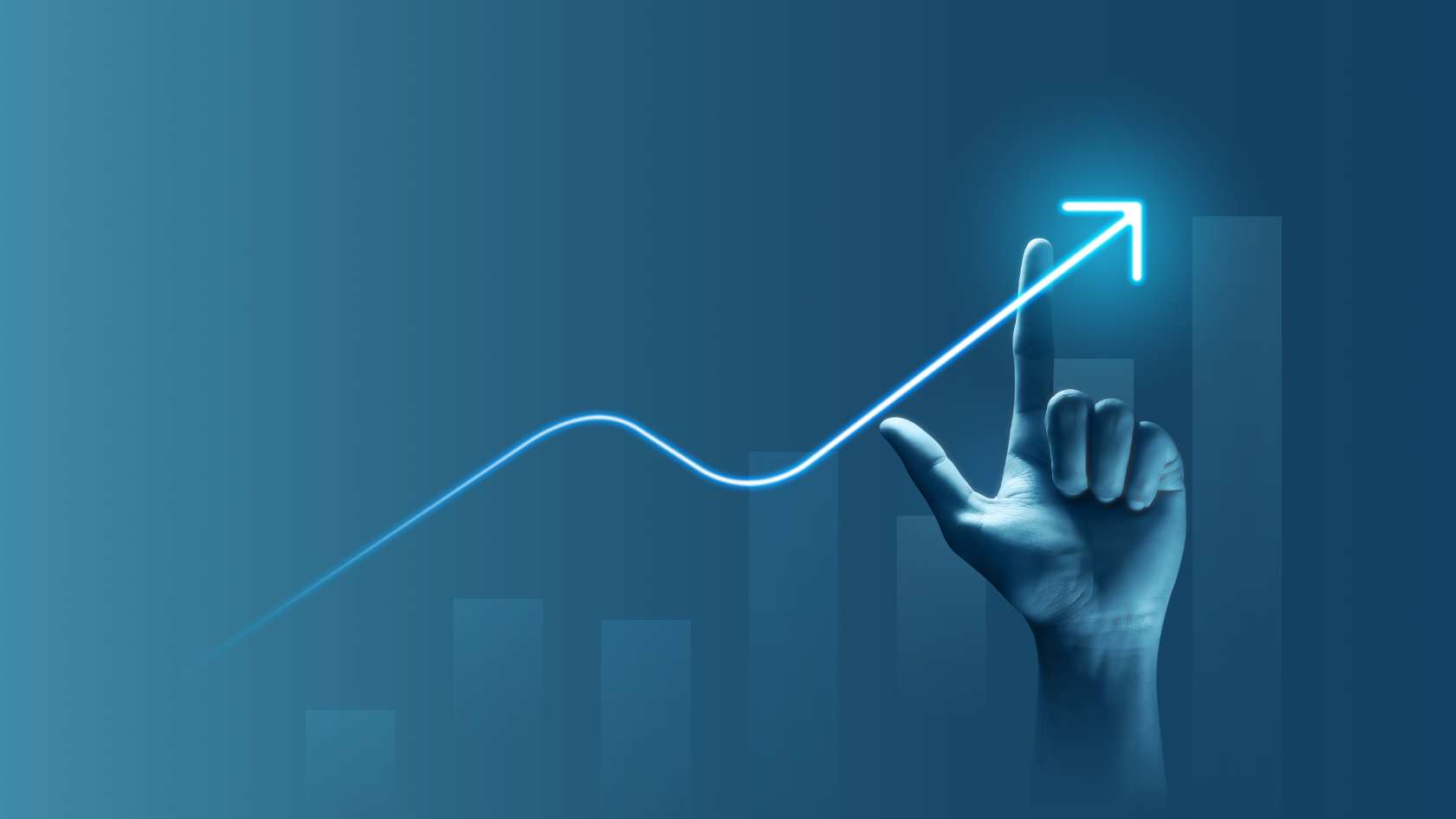Upselling is a powerful sales strategy that can significantly boost your revenue when implemented correctly. Whether you’re in retail, hospitality, software, or any other industry, upselling has the potential to increase both the value of a single transaction and customer satisfaction. But many new marketers have this one question: ” What is upselling exactly?” In this guide, we’ll break down everything you need to know about upselling — from its definition and types to real-world examples and best practices.
Table of Contents
What is Upselling?
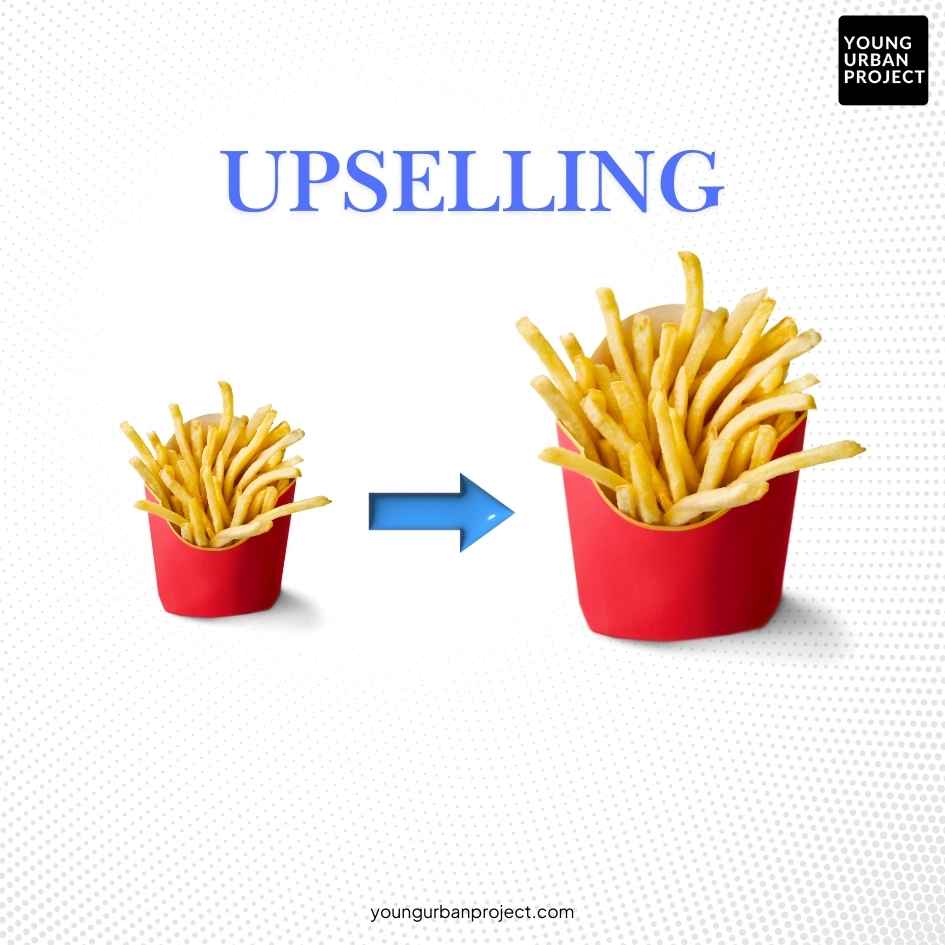
At its core, upselling refers to the sales technique of encouraging customers to purchase a more expensive version of the product or service they are considering. Unlike cross-selling, which involves recommending additional products that complement the customer’s original choice, upselling aims to enhance the original purchase by offering a superior or upgraded alternative.
For example, when a customer orders a basic coffee at a café and the barista suggests upgrading to a larger size or adding premium flavor shots, that’s upselling. The objective is to convince the customer that the upgraded product offers more value for a slightly higher price.
Types of Upselling
Upselling isn’t a one-size-fits-all strategy; it varies depending on the business type, customer needs, and product offering. By using different types of upselling techniques, companies can tailor their approach for maximum effectiveness. Here’s an in-depth look at these upselling types with examples to illustrate each one:
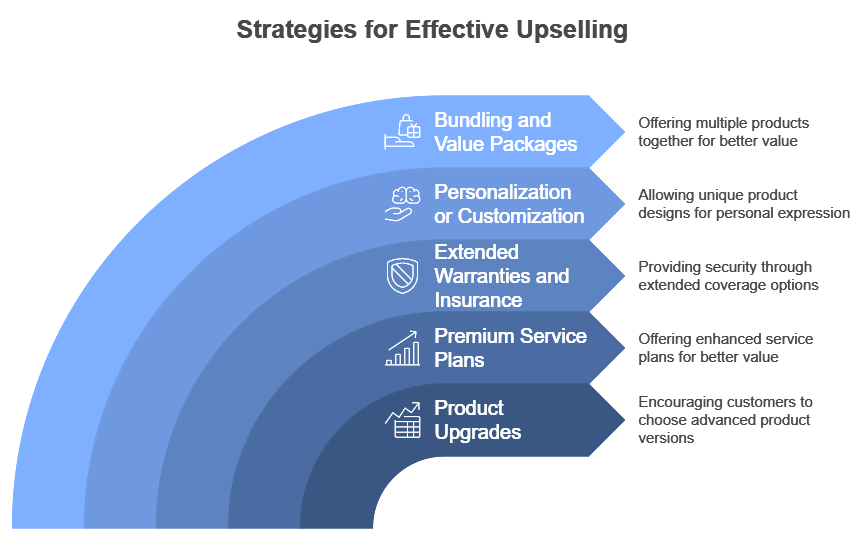
1. Product Upgrades
Product upgrades involve encouraging the customer to choose a more advanced version of the item they’re considering. This approach is common in technology, electronics, and even in daily-use products.
- Example: Apple frequently uses product upgrades in its strategy. When a customer considers an iPhone model, Apple suggests the latest or Pro version, highlighting additional camera features, processing power, or exclusive color options that enhance the experience.
- Example: Automobile brands like BMW and Mercedes-Benz upsell premium models or versions with added luxury features. If a customer is interested in a basic model, sales reps often present the benefits of a higher-end variant with better upholstery, advanced navigation, or safety features.
2. Premium Service Plans
Offering premium or extended service plans is another common upselling tactic. This strategy is especially popular in SaaS (Software as a Service) and subscription-based models.
- Example: Netflix encourages users to upgrade to a Premium plan, which allows multiple screens, higher video quality, and better sound, making it appealing for families or avid movie watchers.
- Example: Amazon’s Prime membership is a classic example of a premium service plan upsell. Regular Amazon users are encouraged to join Prime for faster shipping, exclusive deals, and access to Amazon Prime Video.
3. Extended Warranties and Insurance
Extended warranties and insurance packages add value to big-ticket items, as they give customers a sense of security. This upsell is common in electronics, appliances, and automotive sales.
- Example: When purchasing a vehicle, brands like Toyota and Honda offer extended warranties that cover additional years or miles. This option is especially attractive to buyers who plan on keeping the car for a longer time.
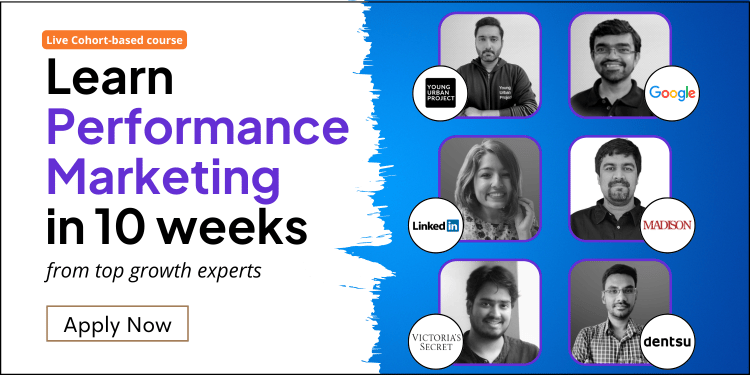
4. Personalization or Customization
Customization allows customers to make the product uniquely theirs. This type of upsell is particularly effective in industries where personal expression matters, such as fashion, jewelry, and home decor.
- Example: Nike offers a “Nike By You” service that lets customers design their own shoes, selecting colors and materials and even adding initials. This customization adds a premium cost, but customers appreciate having a unique product.
5. Bundling and Value Packages
Bundling involves offering multiple products or services together for a slightly higher price than a single item, presenting it as a better value option. This technique is widely used in retail, food, and e-commerce.
- Example: McDonald’s uses meal bundling to upsell. Customers may initially order just a burger, but they’re offered a “value meal” that includes fries and a drink for a better price than buying each item individually.
- Example: Adobe Creative Cloud offers a bundle of its entire software suite (Photoshop, Illustrator, Premiere Pro, etc.) for a single monthly fee. This bundle is presented as a value-for-money option, especially for professionals needing multiple tools.
Also read: Difference Between Upselling and Cross-Selling: Which One is Better?
How to Identify Upselling Opportunities
Not every customer is open to upselling, which is why identifying the right moments is essential for success. Here are some tips:
Understand Customer Needs
Start by analyzing customer behavior, preferences, and past purchases to understand what would make sense for them. If a customer frequently buys high-end products, they may be more inclined to upgrade.
Analyze Customer Journey Stages
Knowing where customers are in the buying journey can reveal when they’re more likely to consider an upsell. Those who are comparing products may be more open to an upsell than those who have just started browsing.
Monitor Purchase Patterns
Identify upsell opportunities by analyzing what similar customers tend to buy. For example, a customer buying a basic membership may be open to upgrading if they’re regularly using advanced features.
Pay Attention to Customer Feedback
Listen to your customers! Reviews and feedback can provide insights into what might be missing in their current product, revealing potential upsell opportunities.
Upselling Techniques
Upselling requires a blend of subtlety, value creation, and timing. Here are some techniques to execute it effectively:
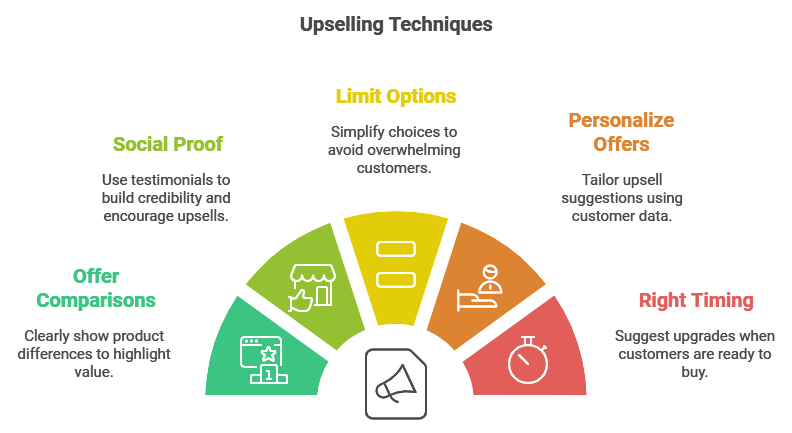
Offer Valuable Comparisons
Clearly show the differences between the basic product and its premium version. Highlight how the upgraded version better meets the customer’s needs without pushing too hard.
Utilize Social Proof
Show customers how others have benefitted from the premium option. Reviews, testimonials, or showing that “most customers choose this” can boost credibility and encourage upsells.
Limit Options
A common mistake is offering too many upgrades, which can overwhelm customers. Simplify options by offering only one or two upsell recommendations.
Personalize Your Offers
Leverage customer data to personalize the upsell offer. For example, if a customer buys running shoes, offering a premium pair that matches their style and running frequency is a more effective upsell.
Use the Right Timing
Timing is crucial in upselling. Suggest an upgrade when the customer is already considering a purchase, as they’re more open to spending a bit more.
Real-world examples of upselling
Here’s how some successful brands leverage upselling across various industries, creating value for customers while boosting their own bottom line.
Restaurant Upselling
Restaurants use upselling to increase the average order value by suggesting premium options or additional items.
- Example: Starbucks is a master of upselling. When you order a coffee, baristas often suggest size upgrades, alternative milk options, or added flavors (e.g., vanilla, caramel) for an extra cost. These small add-ons can significantly increase the overall order value.
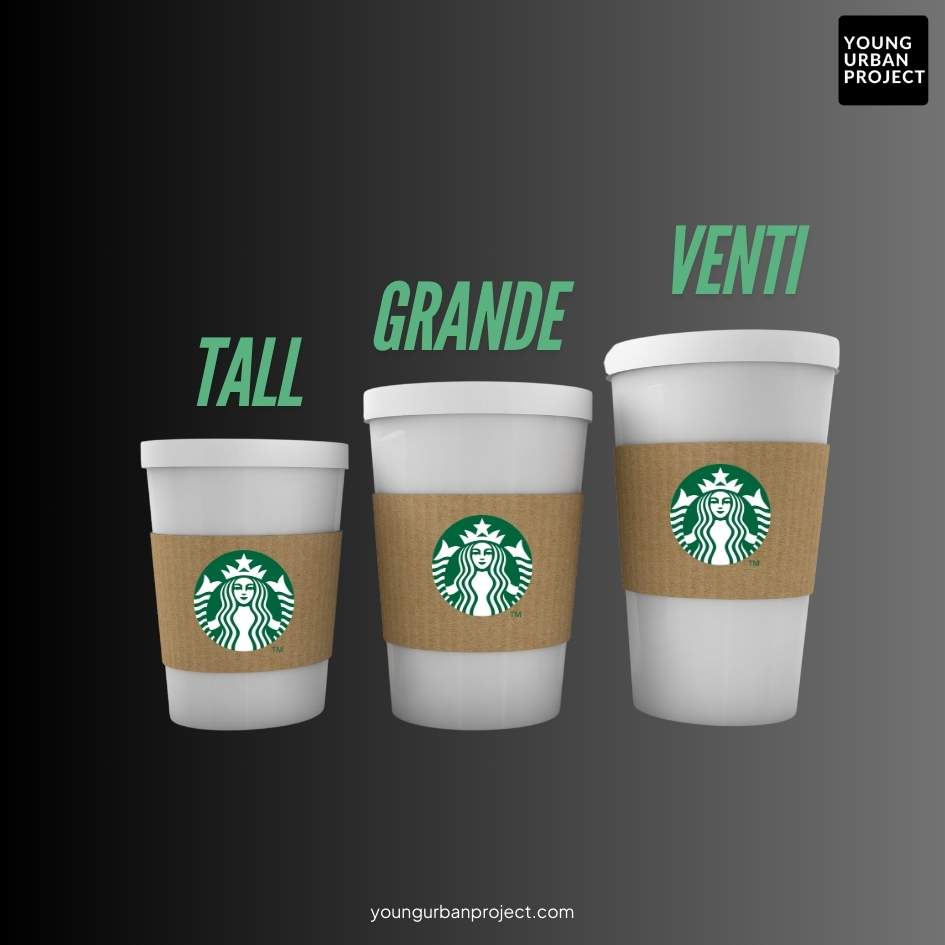
Retail Industry
Upselling in retail is often executed at checkout, where customers are encouraged to add complementary items or select a higher-end version of a product.
- Example: Imagine walking into an Apple store set on buying the iPhone 16. But, before you know it, you’re considering the iPhone 16 pro instead – it offers extra features and comes in your favorite color.
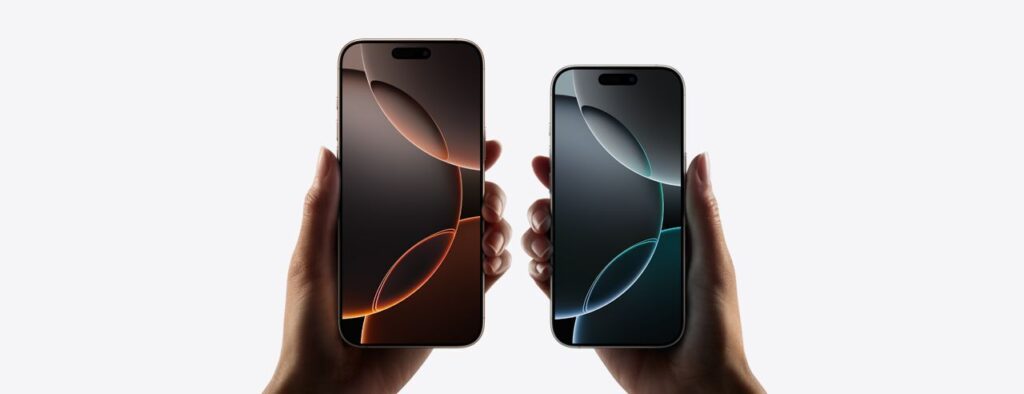
Online E-commerce
E-commerce platforms frequently use upselling by recommending premium products or items related to what the customer is purchasing.
- Example: Shopify stores often include apps that automate upselling by showing upgraded product options just before checkout. For example, if a customer buys a basic gym mat, they may be shown a premium, eco-friendly version.
Automotive Industry
The automotive industry frequently uses upselling by offering add-ons and premium features that enhance the driving experience.
- Example: BMW offers various packages (like the M Sport Package) that include sportier design elements and performance upgrades. Customers initially looking at a standard model can be convinced to upgrade to a package for a more luxurious or sporty experience.
Travel and Hospitality
Upselling in travel and hospitality focuses on providing more comfort, convenience, or exclusivity.
- Example: Goibibo offers room upgrades, such as suites with a view, access to exclusive amenities like the executive lounge, or free breakfast. These options are often presented at booking or upon check-in, providing travelers with an opportunity to enhance their stay.
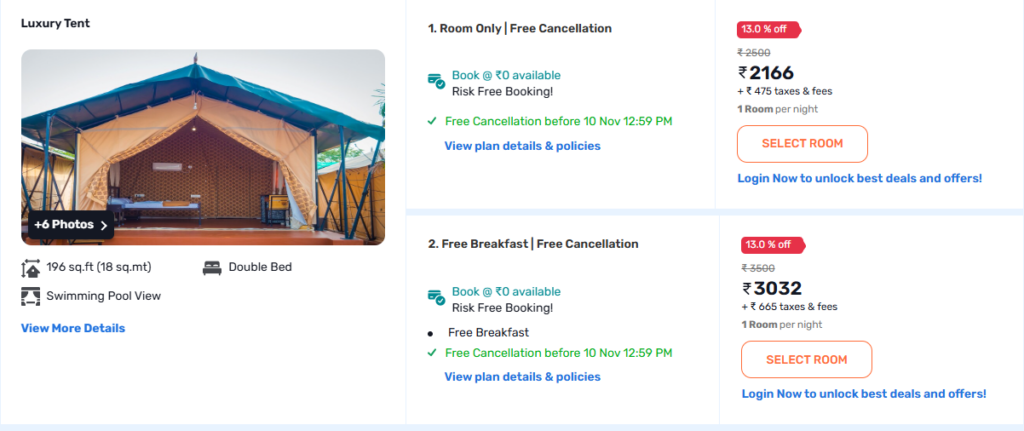
Software and Technology
In the tech and software industries, upselling is often centered around subscription tiers and feature upgrades.
- Example: Dropbox encourages users to upgrade from a free to a paid plan by limiting storage space and adding premium features like file recovery and offline access for paid users. This creates a compelling reason for customers to upgrade.
- Example: Slack offers multiple paid plans, each with different features that accommodate growing teams. A small business may start with the free version but will likely upgrade as the team grows and requires features like unlimited message history and enhanced integrations.
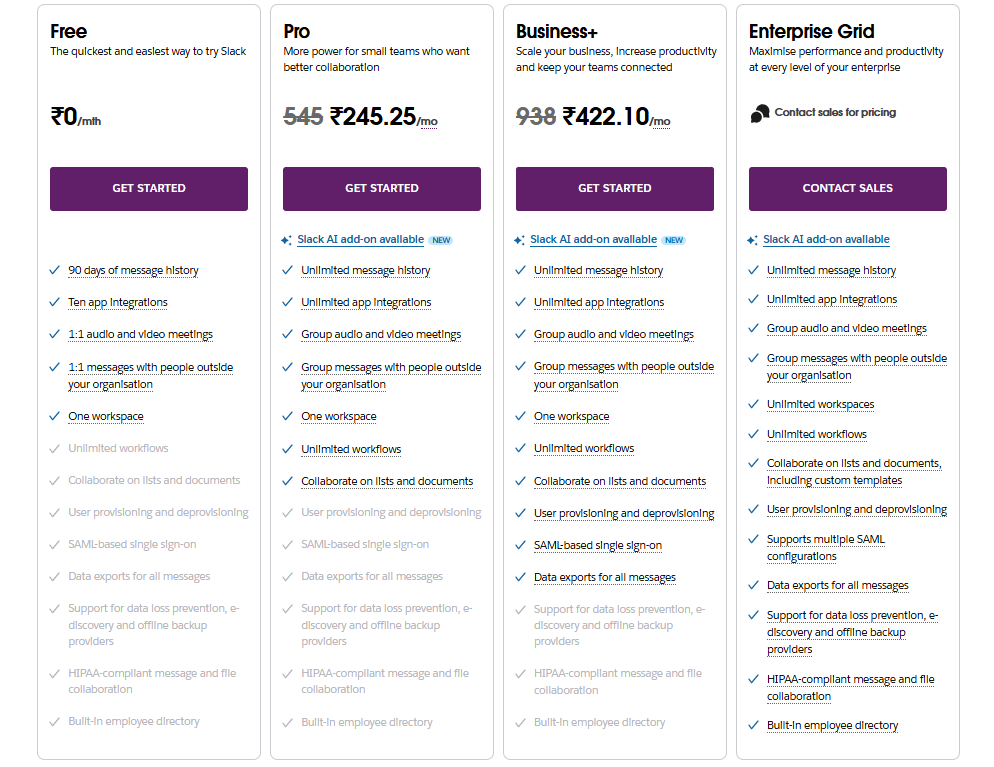
Upselling Best Practices
Implementing upselling best practices ensures that customers feel valued rather than pressured. Here’s a guide to ethically and effectively upselling:
Focus on Customer Benefits
Always frame the upsell in terms of benefits, showing how the upgraded option meets their needs better.
Build Trust and Authenticity
Upselling should feel genuine. Use language that aligns with your brand’s voice and values, ensuring customers feel respected and valued.
Respect the Customer’s Budget
Not every customer has a high budget, so always gauge their comfort level. If they’re resistant, don’t press further.
Train Sales Staff Effectively
Equip your team with the knowledge and skills to upsell tactfully. They should understand customer needs and be able to suggest upgrades without sounding pushy.
Track and Measure Upselling Success
Monitor metrics closely to see what’s working and where improvements are needed. This data helps refine strategies and improve customer experience.
Advantages of Upselling
Upselling brings numerous benefits to businesses, customers, and employees alike. Here are some of the key advantages:
Increased Revenue
Upselling is a straightforward way to increase sales without investing in customer acquisition. A small upsell can substantially impact revenue.
Enhanced Customer Satisfaction
When done thoughtfully, upselling helps customers find products better suited to their needs, leading to higher satisfaction and loyalty.
Improved Customer Lifetime Value
Customers who are upsold to premium products or services tend to have a higher lifetime value. They’re more likely to return, make repeat purchases, and refer others.
Better Brand Perception
Customers who feel they received added value through upselling are more likely to have a positive perception of the brand. This fosters trust and goodwill.
Increased Customer Loyalty
Providing more options and helping customers make informed choices creates loyalty. They’re more likely to stick with a brand that values their needs.
Employee Motivation
Sales teams often earn commissions from upsells, which can boost motivation and job satisfaction. An engaged sales team leads to a more productive workforce.
Conclusion
Upselling can benefit both customers and businesses. With the right strategies, a business can seamlessly integrate upselling into the customer experience, enhancing satisfaction and fostering loyalty. Mastering upselling requires understanding your customers, knowing when to present the upsell, and ensuring that the added offer truly enhances the value they receive.
FAQs: What is Upselling?
What is upselling?
Upselling is the practice of encouraging customers to purchase a more premium, upgraded, or enhanced version of the product they’re already interested in. It’s about adding value to their purchase by suggesting options that offer more features or benefits.
How do you upsell to a customer?
Start by understanding their needs. Then, recommend a product or service that provides additional value, such as an upgraded version or a complementary item. Focus on how the upsell benefits the customer rather than just increasing the sale amount.
What are the benefits of upselling?
Upselling offers multiple benefits, including increased revenue, improved customer satisfaction, and stronger brand loyalty. By upselling effectively, companies can provide a better customer experience by tailoring their recommendations to meet customers’ needs.
What are the types of upselling?
Common types of upselling include product upgrades, premium service plans, extended warranties, personalization options, and bundling. Each type offers unique ways to enhance the customer’s initial purchase.
What’s the difference between cross-selling and upselling?
Cross-selling involves recommending related or complementary products, while upselling suggests a higher-end version of the product the customer is considering. For example, if a customer buys a smartphone, cross-selling would mean recommending a case, while upselling would mean suggesting a model with more features.
What is Downselling?
Downselling is the practice of offering a less expensive alternative to help the customer make a purchase. This approach is used when customers might find the original offer too costly or are hesitant to buy. Downselling aims to retain the sale by suggesting a more affordable option.
What is better, upselling or downselling?
Both upselling and downselling are effective strategies, depending on the customer’s needs and budget. Upselling is ideal when the customer shows interest in premium features, while downselling works best if they’re price-sensitive but still interested in a solution.
What is an upsell product?
An upsell product is a more advanced, feature-rich, or premium version of the item the customer initially considers. This could be a model with additional functions, a larger size, or an extended warranty, designed to enhance the customer’s experience.

